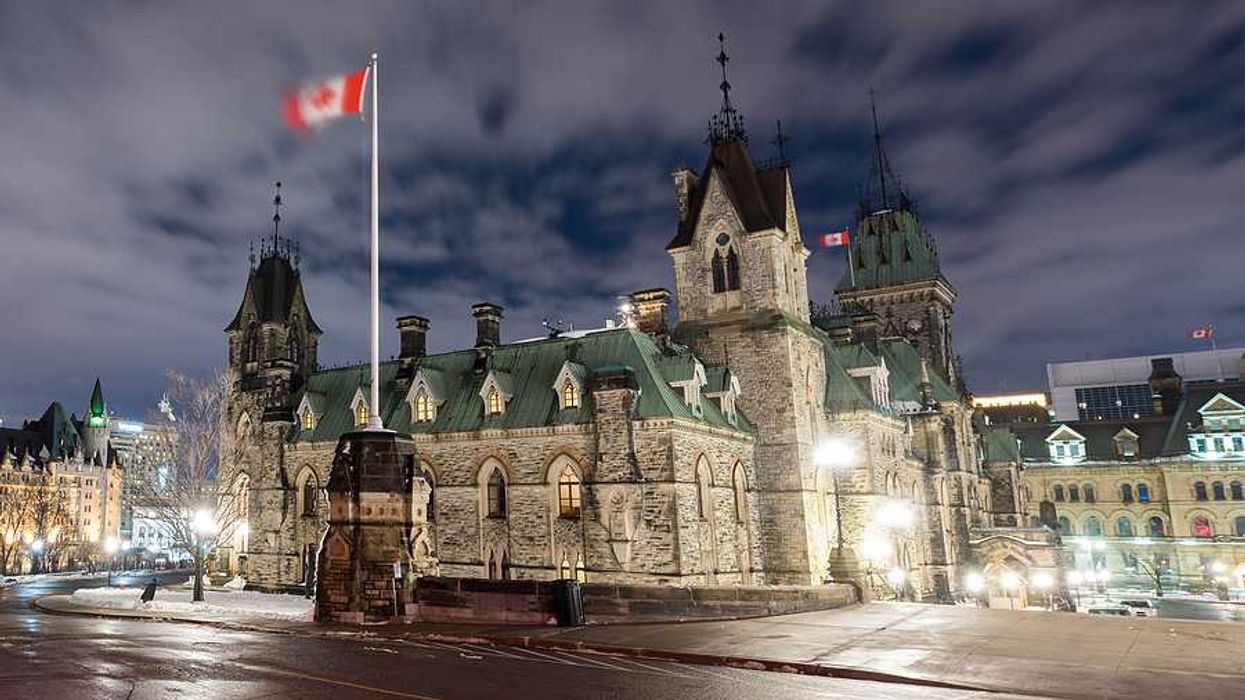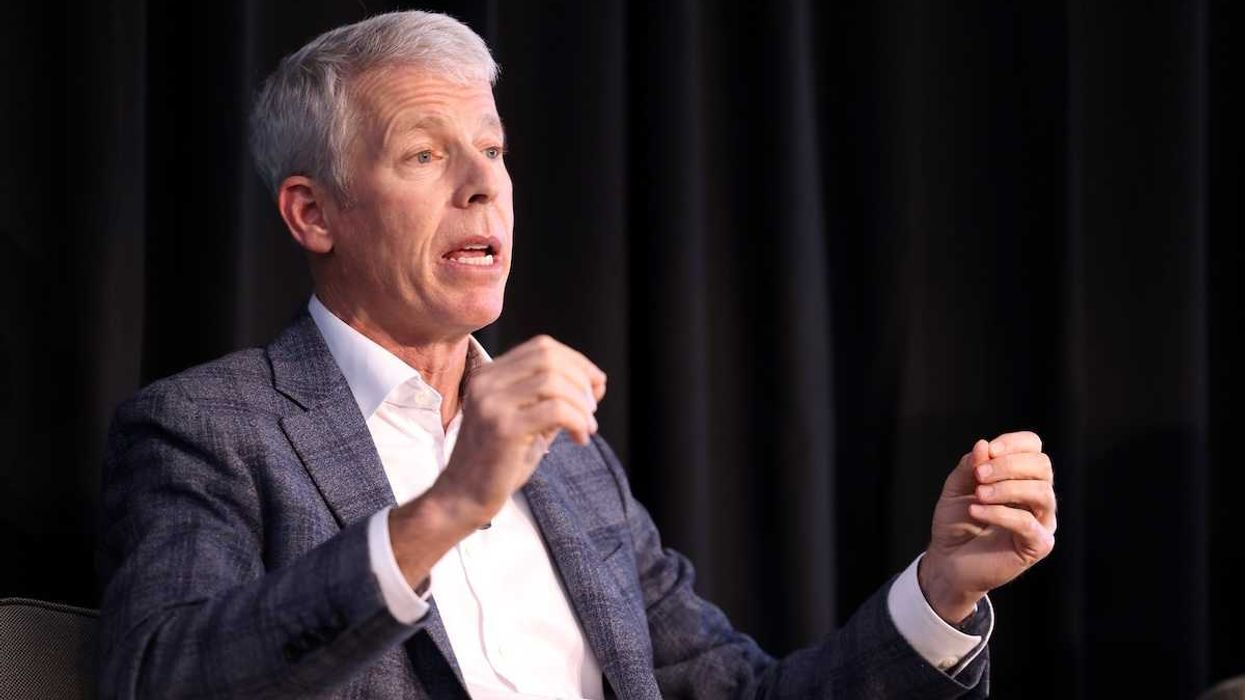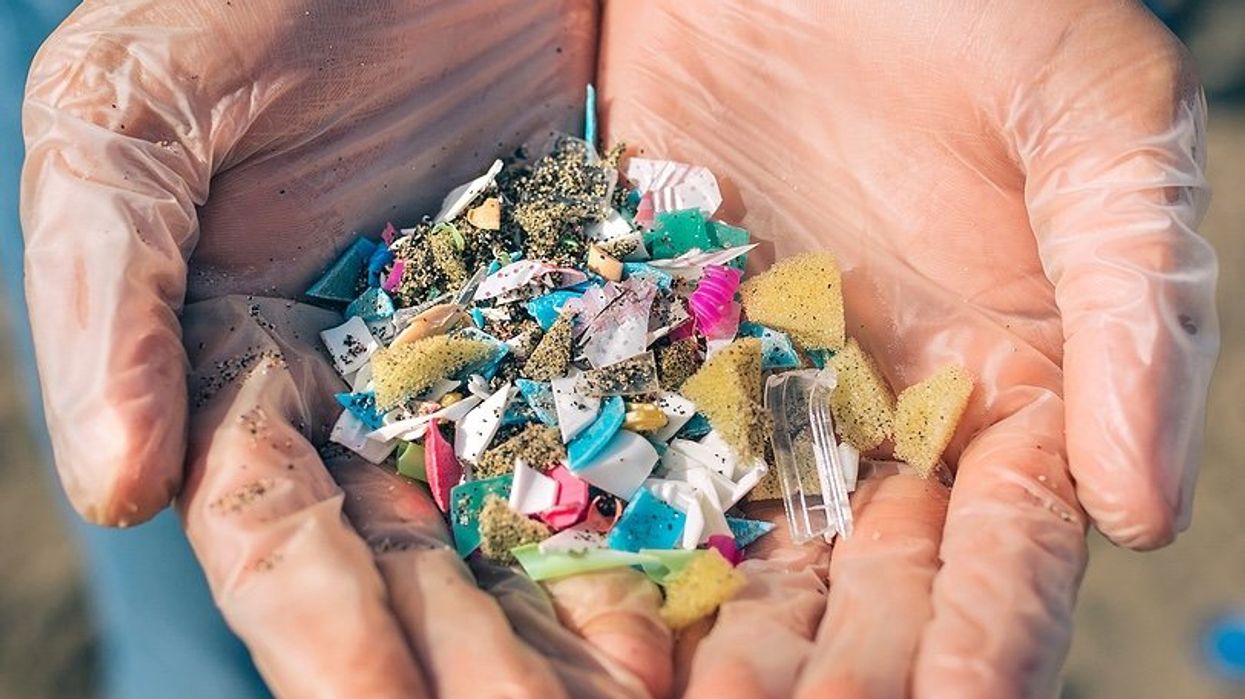Tales of environmental injustices around the country provide strong evidence that chemical-by-chemical and facility-by-facility regulation is inadequate to protect public health.
Even today, 30 years after the birth of the environmental justice movement, the burden of proof still is placed on communities to demonstrate hazards and push for action. This needs to change. A more proactive and holistic regulatory approach would remove this burden from low-income communities of color, which often do not have the capacity to organize and demand attention. Social equity concerns should be incorporated into environmental policies and regulation.
Despite some significant victories, race remains a major fault line in American life. It shapes the distribution not only of power and economic resources, but environmental quality as well—a point demonstrated to great effect this week by EHN' environmental justice series. Social inequality and racial segregation continue to concentrate environmental burdens, including power plants, freeways and chemical manufacturing facilities, in certain neighborhoods, towns and regions.
There are places like Richmond, Calif., where children suffer disproportionately from asthma, in part due to poor housing quality and poverty as well as multiple sources of air pollution, including refineries, ports, freeways and rail yards. And places like California's San Joaquin Valley, where farm workers drink water so contaminated with nitrates and other pollutants that they must spend a large part of their paltry income on bottled water. Scientists have determined that a wide range of socioeconomic factors, or "social stressors," exacerbate the already detrimental impacts of toxic exposures. Included are poverty, poor housing quality, food insecurity and a lack of health care resources. The National Academy of Sciences' Institute of Medicine refers to this hazardous combination of toxic exposures and social stressors as "double jeopardy."
Despite some significant victories, race remains a major fault line in American life.
The environmental justice movement already has forced some important changes in environmental policy-making and regulation. Most recently, the U.S. Environmental Protection Agency released a comprehensive strategy to integrate an environmental justice perspective into all of its programs and activities. Similarly, several states have passed laws to develop environmental justice programs or to require explicit consideration of these issues when developing environmental policies. For example, California's 2006 climate change law, which mandates ambitious statewide reductions in greenhouse gas emissions, also requires state officials to consider how regulations will impact communities that are already overburdened by air pollution. Because climate change is likely to worsen air quality, and people of color and the poor already breathe the dirtiest air, the legislation seeks to ensure that greenhouse gas reductions will not amplify these inequities. This effort should save lives and reduce health impacts and costs for the most vulnerable groups.
Policy milestones like these highlight how environmental justice is shaping broader agendas for sustainable development and social inclusion. Rather than simply regulating hazards, policymakers are now talking more about how to incorporate environmental justice concerns into long-term sustainability goals. They can advance these goals in two ways.
First, regulatory agencies must address the double jeopardy of environmental risks and social stressors in their siting and permitting decisions and enforcement activities. Moreover, in a never-ending quest for better data and unequivocal proof of cause and effect, environmental regulation can lose sight of a basic public health principle—namely, the importance of preventive strategies. Already, U.S. EPA and California environmental agencies are developing tools to identify environmental justice action zones that would benefit from targeted enforcement activities, investment in more effective emissions technology, and cleaner economic development opportunities.
Policymakers are now talking more about how to incorporate environmental justice concerns into long-term sustainability goals.
Second, local, state, and federal agencies should enhance public participation in regulatory decision-making. Public engagement in climate change policy, land use planning and economic development can level the playing field among stakeholders, reduce undue corporate influence, and advance innovative solutions to persistent environmental problems.
For example, a pending California bill, co-authored by several environmental justice organizations, would build small-scale renewable energy projects in low-income communities burdened by pollution, and encourage local hiring, thus generating green jobs. Similarly, Richmond residents are now engaged in city planning processes aimed at reducing climate change impacts, promoting economic revitalization and shifting the city's economic base away from dependence on fossil fuel production, and toward more sustainable enterprises.
Thirty years ago, when the predominantly African American residents of Warren County, North Carolina, rose up to fight the siting of a landfill for polychlorinated biphenyls in their community, their protest caught the nation's attention, spawned the environmental justice movement and transformed U.S. environmentalism. Now, by connecting social equity and environmental stewardship with economic development, these new strategies will go a long way toward advancing healthy communities and environmental justice for everyone.
Rachel Morello-Frosch is a professor in the Department of Environmental Science, Policy and Management, and the School of Public Health at the University of California, Berkeley.
This piece is the twelfth and final installment of our Pollution, Poverty, and People of Color series.















